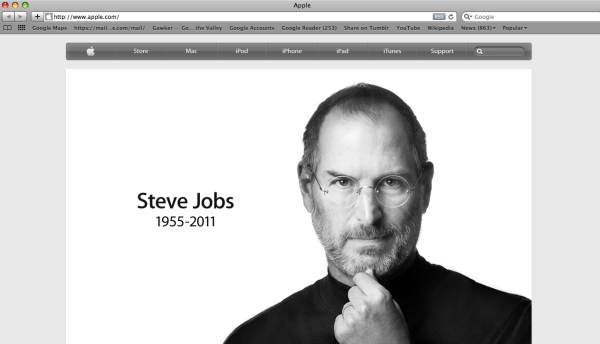What is the number one problem that stands between your sales reps and prospects? Chances are that their sales messages fizzle in the marketplace. Prospects don’t know you, your company or your product; they don’t understand your message; and they don’t care about your story or your unique selling propositions.
Back in 1888, very few people had heard of George Eastman and his little black box that he called the detective camera. Only a few people understood photography, and even fewer knew his company. He started a sales revolution with the simple and compelling message: “You press the button, we do the rest.” Eastman’s sales message was as innovative as his camera.
Since 1888, advances in technology have created a landslide of products and an avalanche of information. Today customers are bombarded with sales messages that they have learned to tune out faster than ever.
Ask marketers and they’ll tell you that every year response rates decline. Today, more than 99 percent of all promotional emails are ignored or deleted. Why? The subject lines are boring, boilerplate messages. Ask sales managers and they’ll tell you that 90 percent of all prospects ignore a salesperson’s attempt to close the sale. Why? Because most salespeople talk about how great the product is, but they have little understanding of how their product can enhance their prospect’s business.
Why do most sales messages fizzle? When companies think of innovation, they think of innovative products, processes and technologies, but not messaging. What makes effective customer messages sizzle? The first author to write about selling with sizzle was Elmer Wheeler.
Wheeler’s bestselling book Tested Sentences That Sell was published in 1937, it revealed his experiments with sales messages and their impact on prospects. Wheeler spoke about meaty words that prospects could sink their teeth into and watery words that had little impact.
The world has changed since 1937, the advances in technology have been remarkable and business has become a lot more complex, yet human nature stays the same. For example, Wheeler found that if a waiter asked, “Would you care to order a red or white wine with your dinner?” it would double the sales of wine. Compare that with the unproductive questions that most waiters ask today: “What would you like to drink with your dinner?” Wheeler taught his students: “Don’t ask if, ask which!”
Today, winning customers has less to do with the right choice of products than with the right choice of words. Every market has its own jargon, acronyms and buzzwords that salespeople need to know. Each prospect lives in a different world that is governed by different preoccupations, perceptions and preferences. While a CEO’s perception focuses on the future, strategy and efficiency, the CFO’s preoccupations revolve around cash flow and ROI. For a sales message to gain access to the prospect’s mind it must reflect the language of the market, the preoccupations of the prospect and the challenges of the company. If salespeople want to get a seat at the table, they need to initiate the right conversation and speak the customer’s language.
Today’s successful companies take a more strategic approach to creating and distributing effective sales messages. The new process is called sales enablement which is designed to give each salesperson direct access to the collective intelligence that already exists in a sales organization. Why should salespeople reinvent the wheel every time they need to create a proposal or prepare for a call? Why should salespeople quiz each other for customer testimonials or to find the best practice for negotiating a deal? Why should salespeople create their own laboratory for tested selling sentences?
As regular host of Sales 2.0 Events, I am continually amazed by the sophistication of sales enablement solutions that can help teams collect their best “message assets” (such as talking points, white papers, conversation maps, persuasive stories, presentation videos, proposal templates, market overviews, research data, ROI analysis, customer testimonials and more) and make them instantly available to the entire sales team.
I am sure that Elmer Wheeler would come up with a clever way to describe such innovation in one sentence: “Sales Enablement is the crunch in the cracker, the whiff in the coffee, the pucker in the pickle and the commission in the close.”

